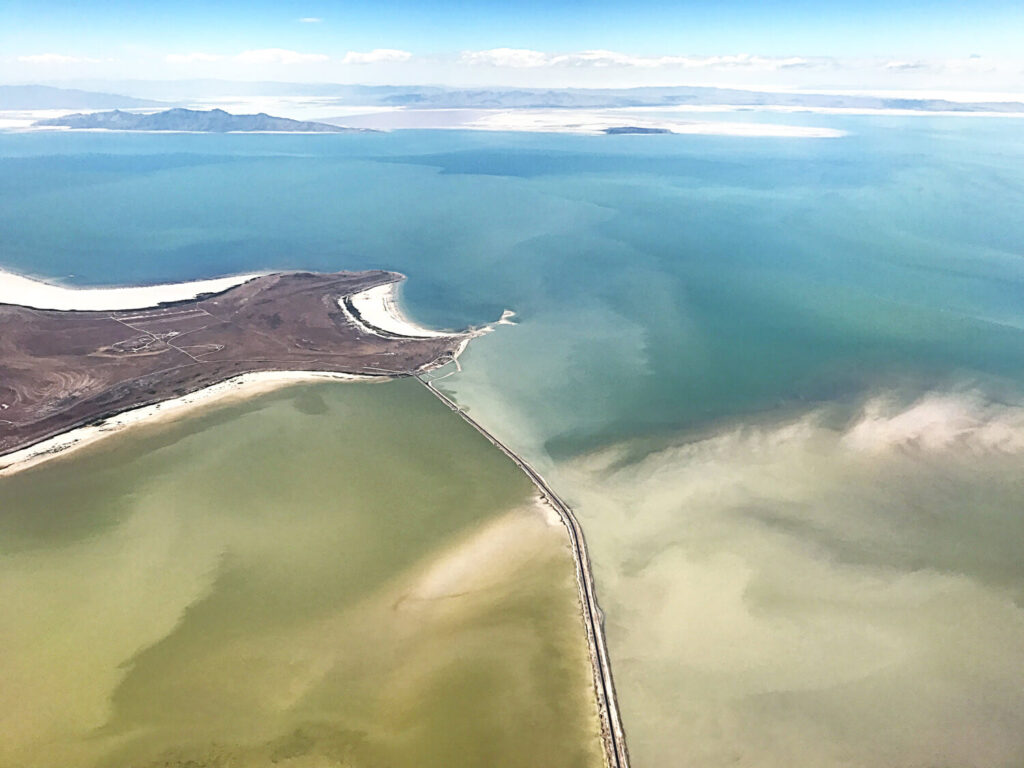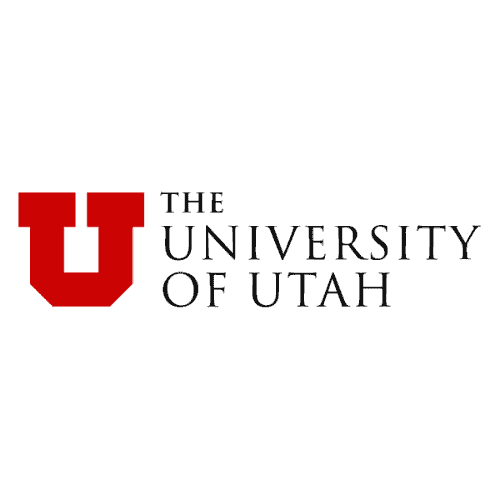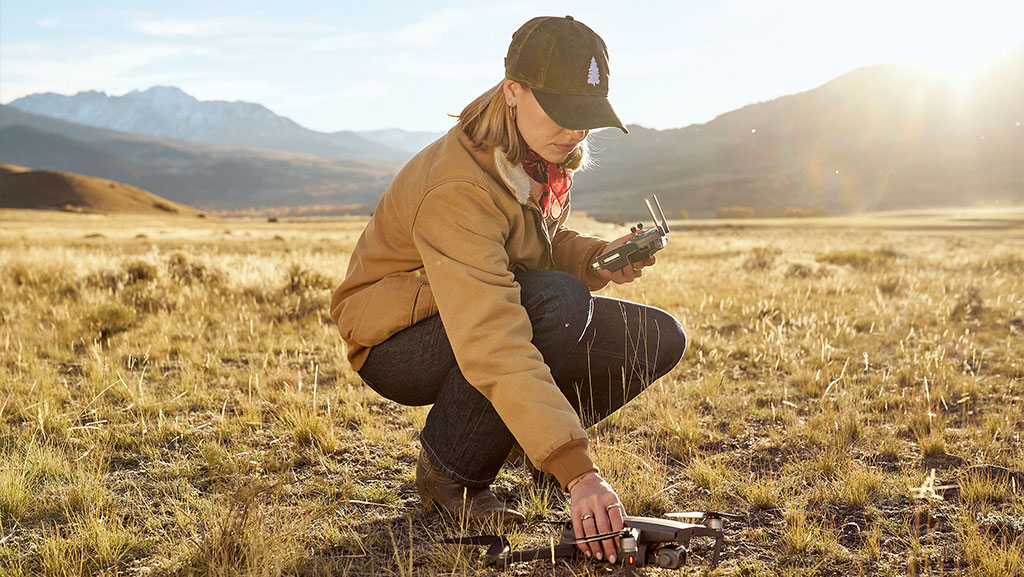
Salt Lake City—A comprehensive new report released today offers a pioneering roadmap for restoring the Great Salt Lake through a collaborative, market-driven approach that recognizes farmers as critical partners in conservation efforts. The research, developed by the Property and Environment Research Center (PERC), the national leader in market solutions for conservation, presents a voluntary water leasing strategy that could help save one of the West’s most important ecological resources while supporting agricultural communities.
Farmers Can Help
Central to the strategy is recognizing farmers as the primary holders of water rights in the Great Salt Lake Basin. Contrary to common narratives that pit conservation against agriculture, the report demonstrates how strategic water leasing can support both ecological restoration and agricultural sustainability.
“Farmers are not the problem; they hold the solution,” said Katherine Wright, Ph.D., the report’s author and PERC senior researcher. “With more than 60 percent of water diversions used for agriculture, farmers should be one of our primary partners to increasing water flows to the Great Salt Lake.”
Despite broad buy-in, voluntary water leasing has been slow to take off. The report identifies five critical considerations to encourage more voluntary transfers:
- Prioritize water rights that are likely to bolster the lake.
- Modernize water rights data for effective decision-making.
- Design contracts to address relevant uncertainty for both parties.
- Conduct basin-level analysis to reform lease evaluation and identify potential leasing opportunities.
- Develop a water leasing pilot project area in a key basin.
The Great Salt Lake has already lost 60 percent of its surface area, with potentially catastrophic ecological and economic consequences. The lake supports over 200 bird species, generates nearly $2 billion in annual economic value, and its shrinking threatens public health through toxic dust exposure.
The report emphasizes that water leasing is not about forcing changes but rather developing incentives, like payments for saved water, that allow farmers to choose which innovation works for their farm. Innovations like split-season leasing allow farmers to temporarily reduce water use without compromising their long-term agricultural operations, particularly with resilient crops like alfalfa.
“Saving the Great Salt Lake will take cooperation, collaboration, and market-driven conservation,” said Wright. “We hope these ideas serve not only to refill the Great Salt Lake but as a flexible and durable model to address water scarcity throughout the West in a world of both uncertainty and competing preferences.”
Partnering to save the Great Salt Lake
The report is part of a broader collaborative effort to help the lake. Last year, PERC entered a new partnership with the Utah Office of the Great Salt Lake Commissioner. A recognized leader in water rights and conservation, PERC is applying these findings and developing a tool that will prioritize voluntary water transfers, compensate users fairly, and restore historic lake levels.
With the report now complete, PERC continues to work closely with state officials, conservation groups, and agricultural organizations to explore implementation strategies.



